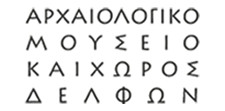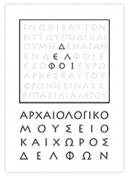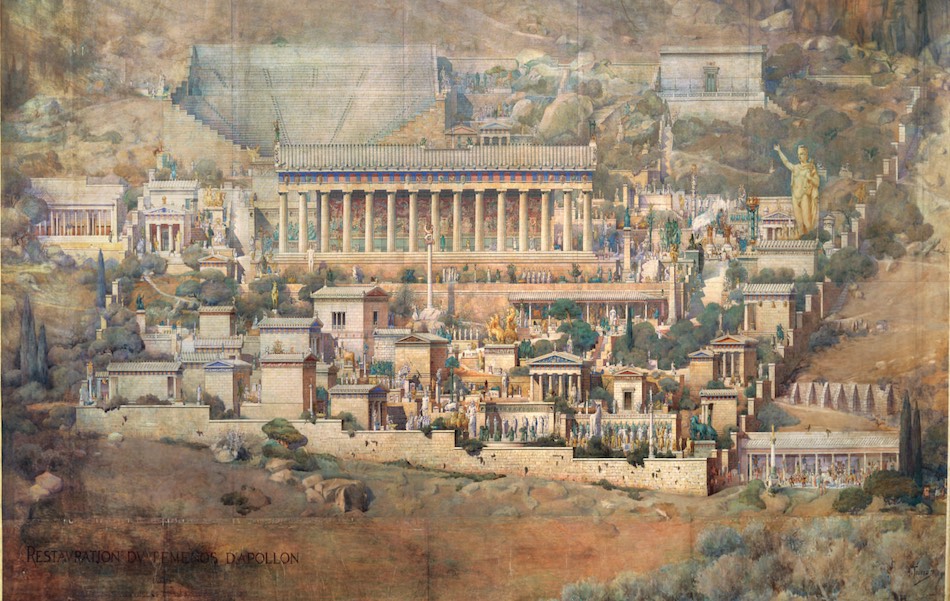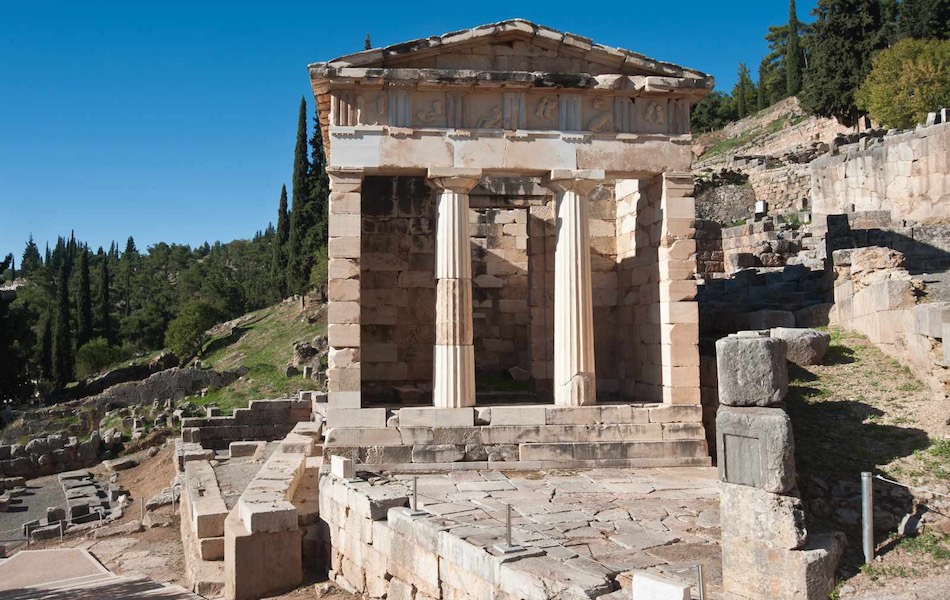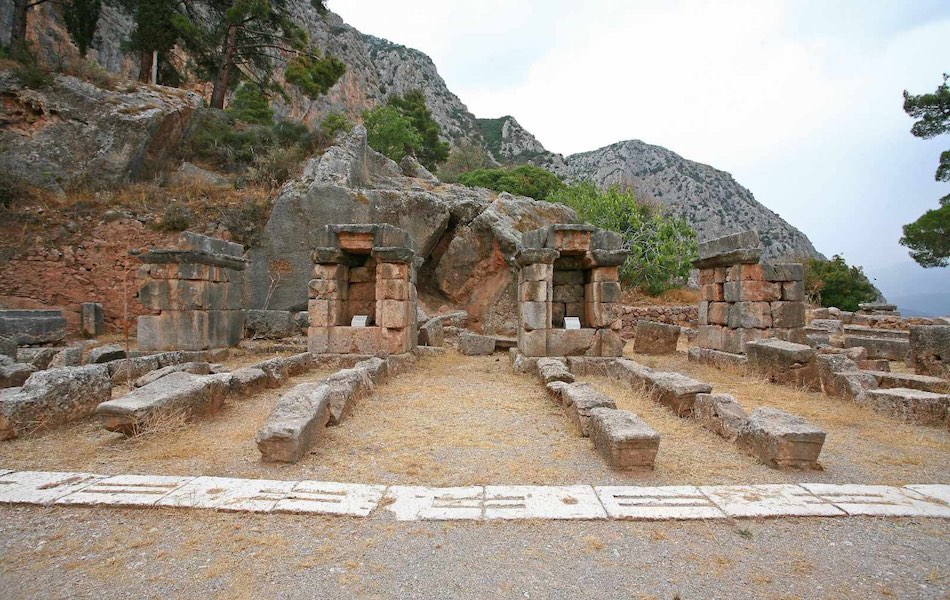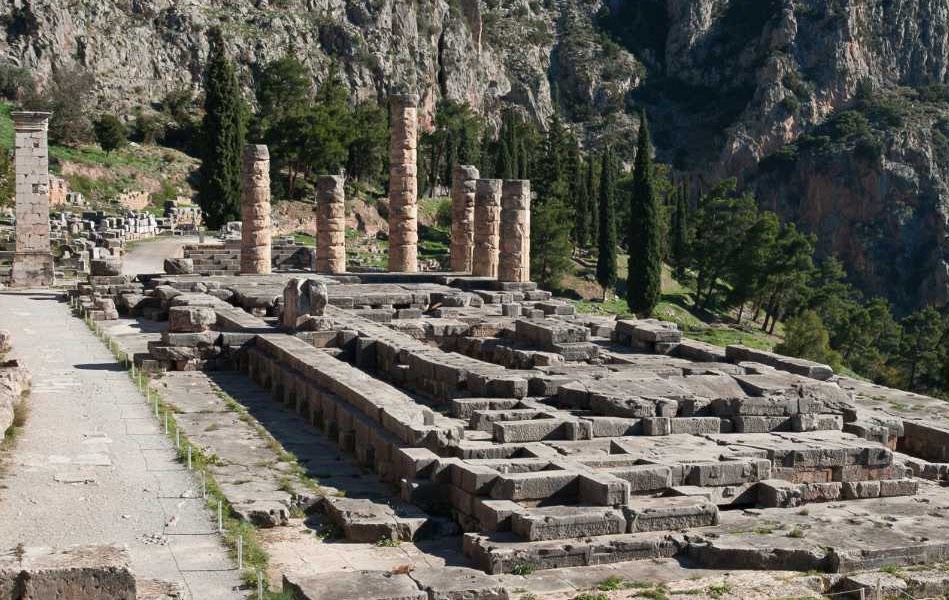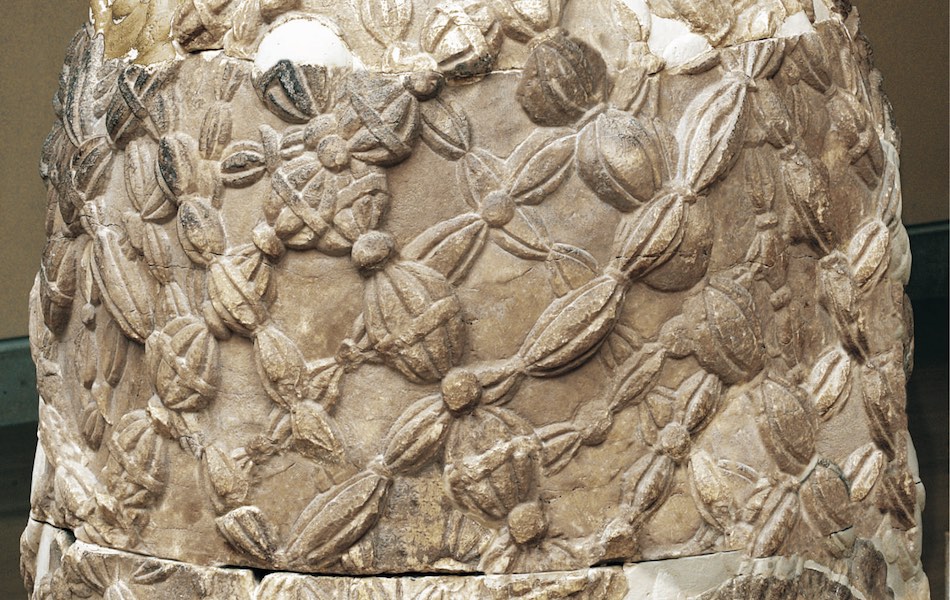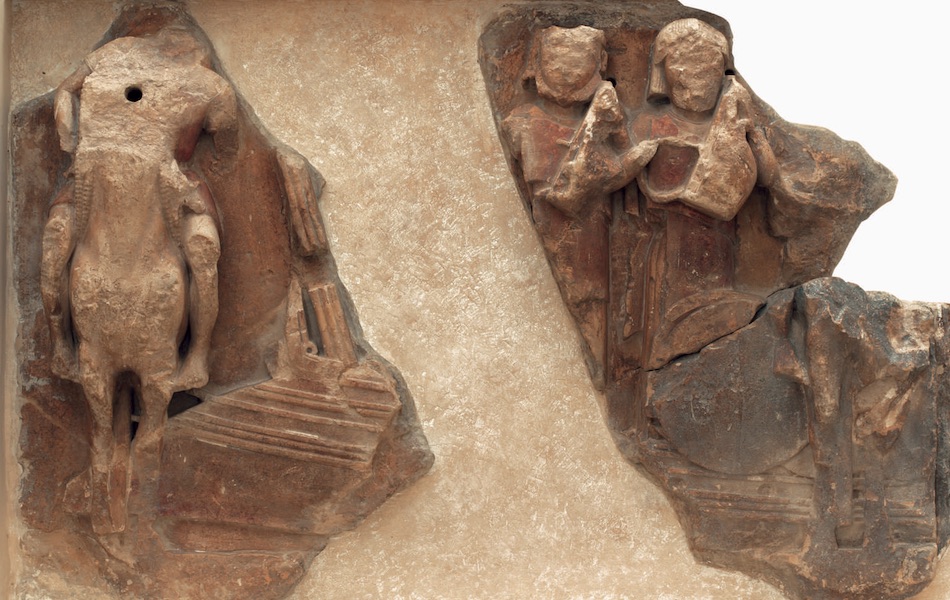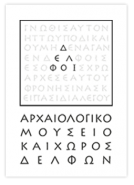History of the excavations at Delphi
The Great Excavation (La Grande Fouille)
The archaeological site of Delphi was often visited by travelers in the course of the Ottoman period, starting from Cyriacus of Ancona in the beginning of the 15th century. The backwater village of Kastri became famous through their descriptions and sketches. Yet, although the site of ancient Delphi had been located with certainty, the expropriation of an entire village for the purpose of archaeological excavations was only a dream for the archaeologists of the newly founded Greek State. Only some trial excavations around the polygonal wall had taken place in 1840 and 1860. However, when the entire region suffered from a big earthquake in 1870, which destroyed large part of the village, the prospect started looking less improbable. In 1880 B. Haussoulier started excavating the Portico of the Athenians.
Yet, it wasn’t until Trikoupis assumed the government of Greece and put the country on a route of modernization and extroversion that the procedures finally advanced and a close collaboration between France and Greece was achieved.
Thus, in 1892 started under the auspices of the French Archaeological School the “Great excavation” (La Grande Fouille). Great, not only in length of time, but also in what regarded the surface covered, the difficulty, the number of people who were mobilized and, of course, the number and importance of the monuments and finds discovered. The diary of this amazing effort has been digitized by the French Archaeological School at Athens and can be found at http://www.efa.gr/index.php/fr/
The preparation started with the expropriation and demolition of houses at Kastri and with the installation of a mini-railway, in order to remove the debris. The actual excavation started in mid-October 1892, quite late in autumn, and thus it did not last for long. On the following year, the excavation season lasted from April to November and revealed a large part of the Treasury of the Athenians as well as the Sibyl’s Rock and the Altar of the Chians. Within the next years came to light most of the buildings along the Sacred Way as well as unique sculptures. One of the most exciting moments of the excavation was the discovery of the Charioteer, part of a sculpted complex made of bronze, dedicated by the tyrant of Gela, Polyzalos, for his victory at the Pythian Games. Equally exciting was the discovery of the sculpted column known as the “Three dancers” as well as of the Roman statue of Antinous and of the archaic kouroi depicting the Dioskouroi (or Kleovis and Biton). After the accomplishment of the monuments within the sanctuary of Apollo the archaeologists went on to reveal the stadium and the gymnasium. Last took place the excavations at “Marmaria”, i.e. in the sanctuary of Athena Pronaia which revealed temples and treasuries.
At this excavation worked for over a decade several big names of French archaeology, apart from the director Th. Homolle, such as the architect A. Tournaire, who designed the first detailed and elegant croquis of the monuments, H. Corvet, P. Perdrizet, and academics such as Th. Reinach and H. Weil, who undertook the study and interpretation of the epigraphic material, particularly the Delphic hymns to Apollo. Following the excavations important Greek archaeologists, such as Alexander Kontoleon or Christos Karouzosas worked as curators of the site.
MUSEUM OF DELPHI
